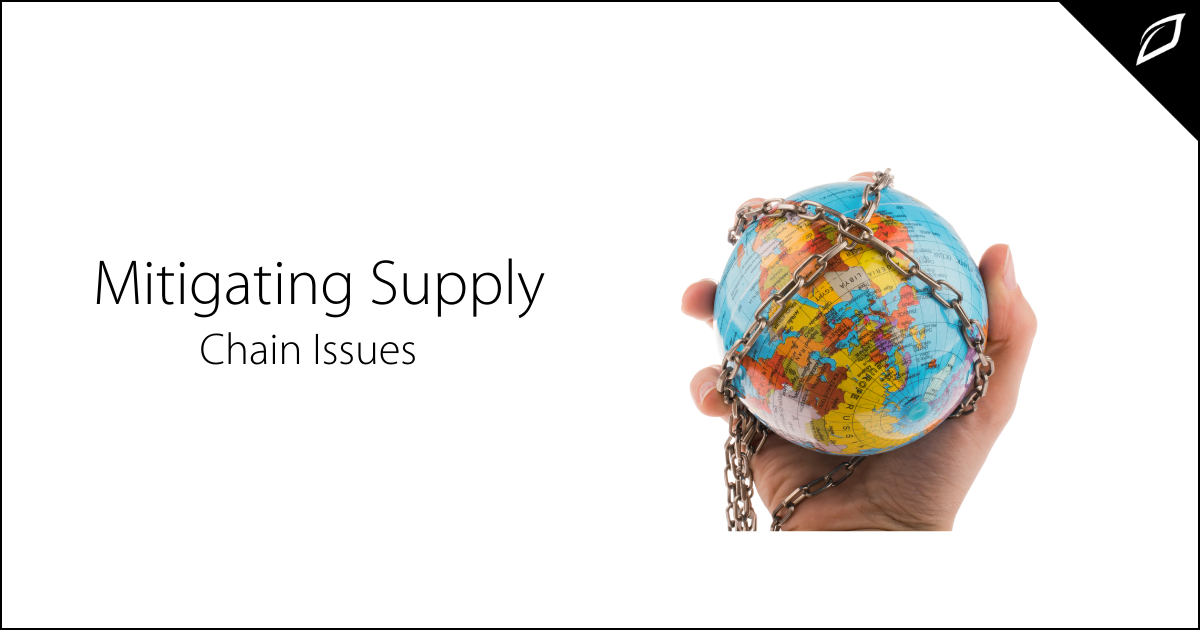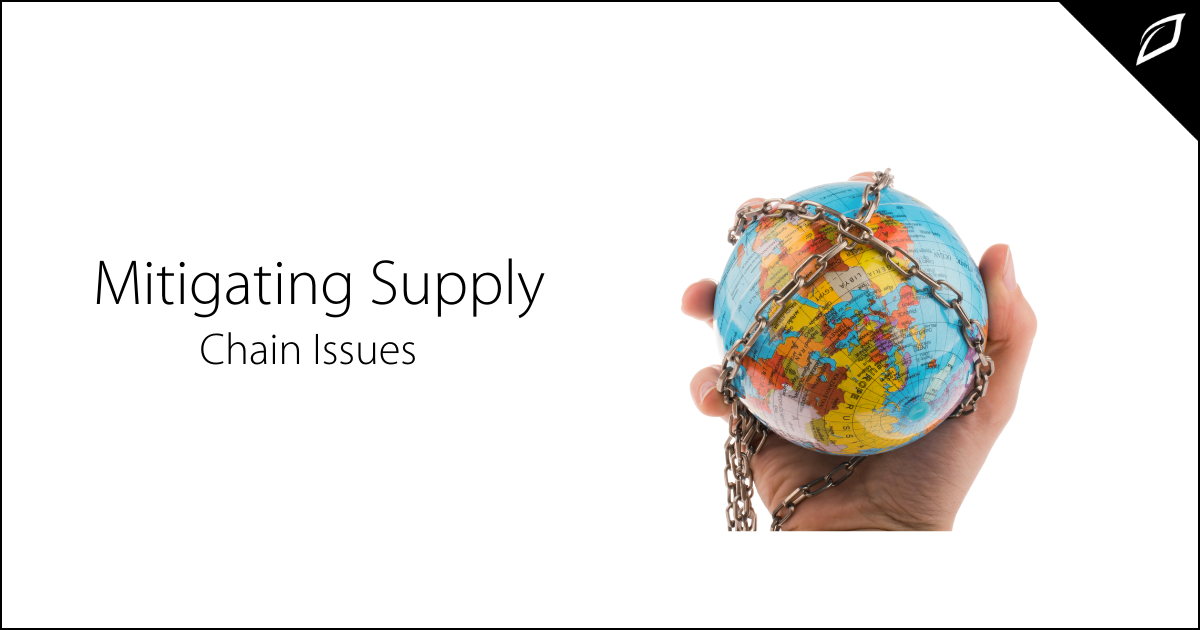Vendor Highlight - Cannabis Irrigation Supply
Cannabis Irrigation Supply is a family-owned and operated irrigation design firm and retailer. With over 35 years of experience in the drip...

The global supply chain is encountering massive shortages. Cannabis businesses feel the pressure in delayed deliveries, back-ordered supplies, and severe shortages of critical raw materials. It's created an ongoing crisis impacting cannabis packaging, extractors, producers, retailers, and cultivation. When sourcing supplies abroad, you can expect delays and immense costs, sometimes up to 100x. The elevated cost of goods and a massive increase in shipping charges have created an unprecedented crisis that all businesses are feeling.
What is a supply chain?
Supply chains are a system of organizations, information, and resources involved in supplying products or services to a consumer in commerce.
Why do we have supply chain disruptions?
The global shutdown in early 2020 raised concerns about shortages in future supply chains. Since most manufacturers were forced to close, the entire supply chain suffered, and most businesses struggled to catch up once the lockdown was lifted.
Raw materials were not processed, businesses weren't producing, and shipments were at a standstill. According to Dunn & Bradstreet, almost 90% of Fortune 1000 companies experienced complications to their supply chain. The 2021 Suez Canal blockade further compounded the deficit.
Supply chain concerns are becoming a reality across most businesses, including cannabis. A lack of shipping containers is nothing new, but the extent of this shortage is unprecedented. Increased transportation costs and backlogs that started in 2020 may remain far into 2024.
Mitigating supply chain shortages.
None of this is good news, so how can businesses mitigate the consequences? Dunn & Bradstreet recommends developing a risk assessment process to recognize and observe the potential impact on productivity. It’s something all businesses should do but probably don’t.
Assess local suppliers' capabilities to see if they have similar products or supplies that you can temporarily substitute. Monitor your supply chain and stay on top of delays. Create monitoring processes for Tier 1 and Tier 2 suppliers. Identify alternative suppliers in less impacted regions as a backup. Build supply contingency plans and policies, so you're prepared if new shortages appear. Identify geographically diverse suppliers and dual source critical components, so you're not putting all of your eggs in one basket.
Periodically test and revise your strategy to stay up to date. Consider revising your product(s) to use components more readily available in your area. You can also pivot your business strategy to take advantage of a surplus in other products or supplies.
There are ways to ease the influence that supply chain issues have on your business. Stay receptive; trying times can make your business more powerful and efficient if you remain open to new ways to work.

.png)
Cannabis Irrigation Supply is a family-owned and operated irrigation design firm and retailer. With over 35 years of experience in the drip...

Last month, the talented team at Growlink convened in Las Vegas for the most significant cannabis show in the states. Organized by the editors of...
.png)
We all know the world has a waste problem. Experts have warned us for years that humankind is careening toward a tipping point for our species'...